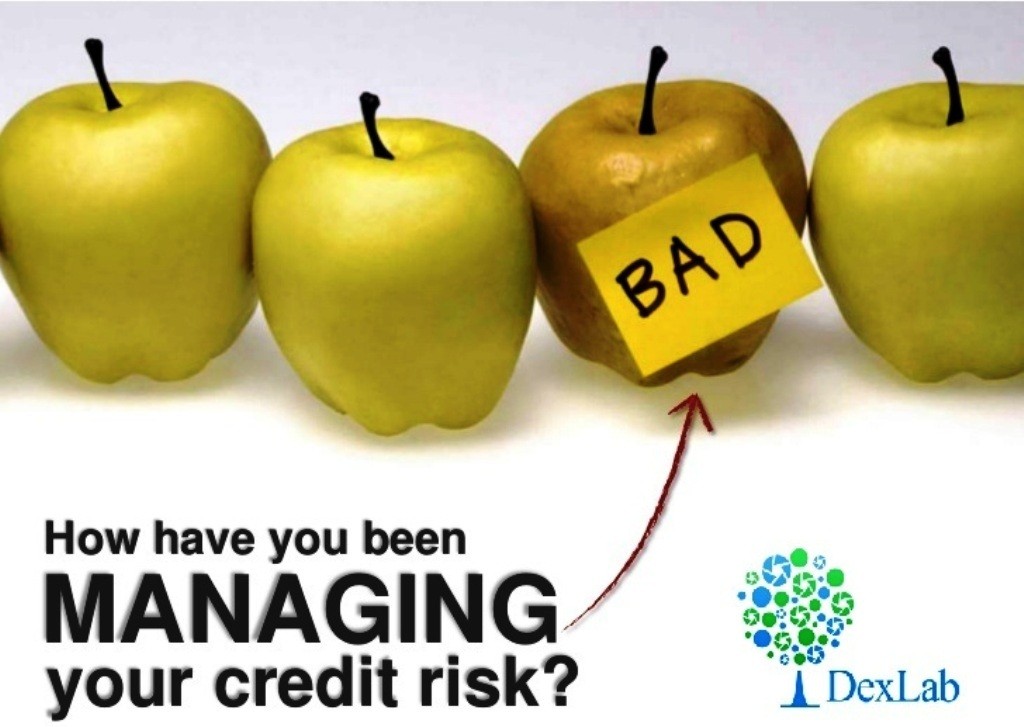Having discussed some amount of mandatory regulatory compliances for banks over the past couple of blogs, let us now focus on the bank’s lines of business. Understanding the different banking products is inevitable for credit risk management and analytics. One has to be well versed with the nature of banking products before they step in to develop model for any of them. Each banking product has its own characteristics and its own set of risk exposure. Hence, understanding these products is the top priority. In this blog we discuss three of the major banking products: Checking Accounts, Savings accounts and Certificate of Deposits.
Checking Accounts: This is a transactional deposit account held at a financial institution that allows for withdrawal and deposits. Money held in a checking account is liquid, and can be easily withdrawn using checks, automated cash machines, and electronic debits among other methods. It allows for numerous withdrawals, unlimited deposits etc. These accounts are known as current accounts in UK. These are often loss leaders for large commercial banks since they become highly commotized. Because money held in checking accounts is so liquid, aggregate balances nationwide are used in the calculation of M1 money supply.
How does the bank profit from this loss leader??? → The goal of most banks is to entice the customers to use more profitable features such as Personal Loans, mortgages and certificate of deposits by linking them to the checking account.
Savings Accounts: A savings account allows one to accumulate interest on funds that the person has saved for future needs. Interest rate can be compounded on a daily, weekly, monthly or annual basis. There are two types of savings accounts: Basic Savings account and Money Market savings account. The basic account has either no minimum balance requirement or a very low minimum balance requirement, and as such the rate of interest paid on this account is low. Money market savings account on the other hand requires a higher minimum balance and hence pays a higher interest rate. Withdrawals per month are limited.
Why does interest rate vary across the savings accounts? → The interest rate on savings account may differ on the following grounds: (a) Amount of fee and services charged on the accounts (b) minimum balance required to be maintained (c) cash or loanable funds with the bank, i.e. if the bank does not need much cash for lending out, they keep interest rate lower (d) organisational structure of the banks- if the banks have shareholders which demand that banks should grow, then it becomes difficult for the banks to pay high rates to the account holder.
Certificate of Deposit: A savings certificate entitling the bearer to receive interest is called a certificate of deposit. A CD bears a maturity date, a specified fixed interest rate and can be issued in any denomination. CDs are issued by commercial banks and insured by FDIC (Federal Deposit Insurance Corporation) in the US. A CD is a promissory note issued by the bank. It is a time deposit that restricts holders from withdrawing funds on demands. It is a safe asset for savings.
In the next blog we will discuss credit cards and revolving lines of credit. Understanding these business lines will help us in identifying model development procedure for these different products.
Our Online Courses: MS Excel, Data Science, Credit Risk Analytics And Modeling

Comments are closed here.